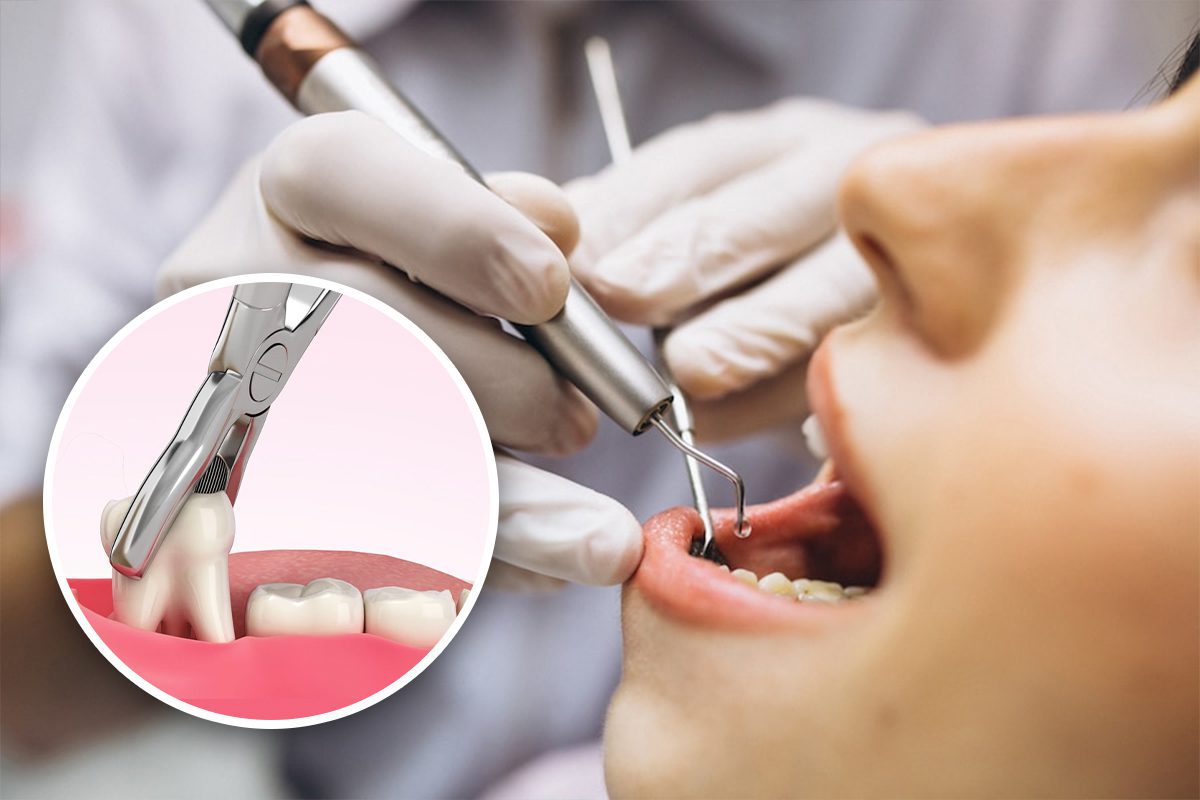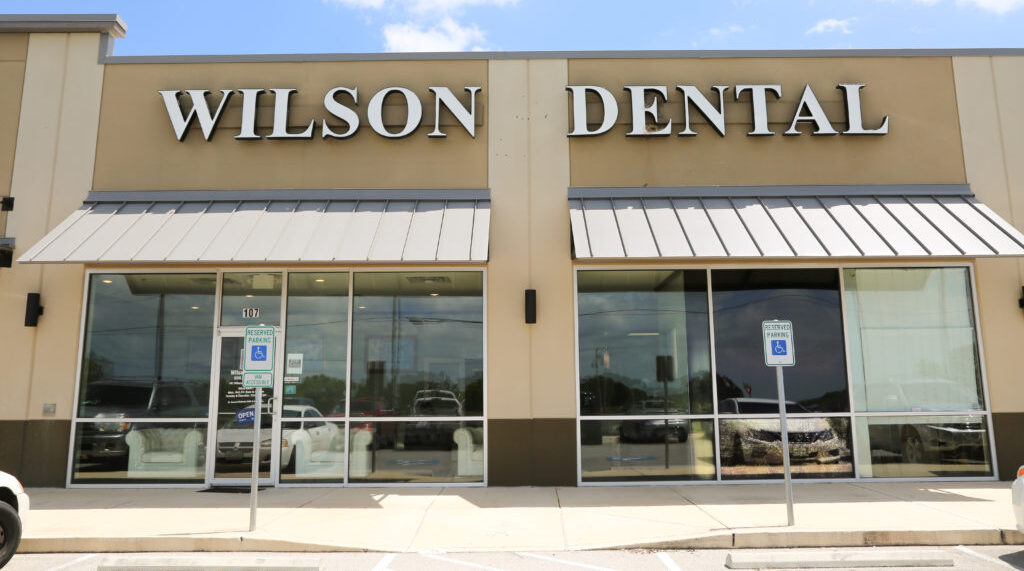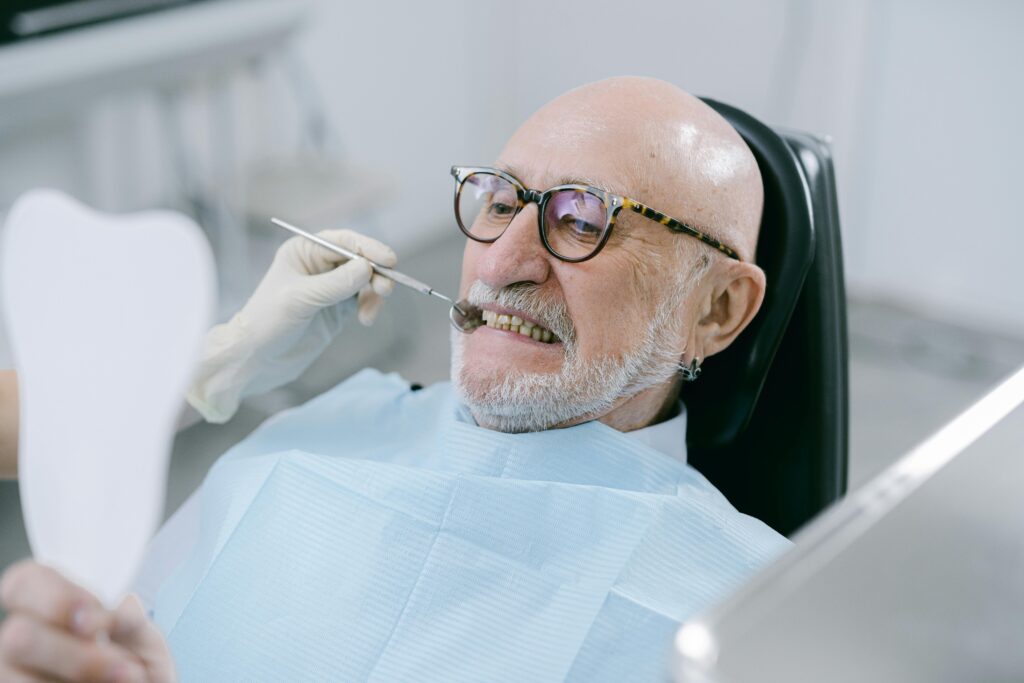Tooth extraction can sound intimidating, but it’s often a necessary procedure to maintain oral health. Many conditions and symptoms indicate that it’s time to remove a tooth to prevent further complications. Recognizing these signs early can help you address oral health issues effectively, ensuring the health of your remaining teeth and gums. Here’s a look at when tooth extraction may be necessary and why it’s important not to ignore certain signs.
Why Do Teeth Need to Be Extracted?
Teeth are meant to last a lifetime, but there are various reasons a dentist might recommend extraction. Situations that can lead to tooth removal include severe decay, advanced gum disease, trauma, overcrowding, and wisdom teeth complications. When these issues arise, extraction may be the best option to preserve overall oral health and prevent further issues.
Each tooth has a significant impact on your bite, jaw alignment, and the health of surrounding teeth. If one tooth is problematic, it can create a domino effect, impacting neighboring teeth and causing discomfort or other complications. While dentists typically prioritize saving teeth whenever possible, extraction becomes the best course of action when preservation isn’t feasible.
Signs You Shouldn’t Ignore
Recognizing early signs that indicate a tooth might need extraction is crucial for avoiding pain, infection, and more severe dental issues. Here are key symptoms that should not be overlooked:
- Severe Tooth Pain
Persistent, intense tooth pain often points to a deeper problem, such as severe decay, infection, or damage to the nerve. If over-the-counter pain relief doesn’t help and the pain intensifies, you should consult a dentist immediately. In some cases, pain might be caused by an infected tooth root, and extraction may be the only viable solution to prevent the infection from spreading.
- Gum Swelling and Redness
Swollen, red, or bleeding gums can be an indicator of gum disease, also known as periodontal disease. In its early stages, gum disease may be manageable with regular cleaning and better oral hygiene. However, advanced gum disease can cause teeth to become loose and painful, often necessitating removal to prevent the spread of infection. If you notice persistent gum swelling, don’t ignore it—seek dental advice.
- Infection or Abscess
Infections or abscesses in a tooth can lead to intense pain and even fever. These infections occur when bacteria penetrate the tooth’s pulp, resulting in an inflamed, pus-filled area at the root. This can affect surrounding tissue and even enter the bloodstream if left untreated. While root canal treatment can save an infected tooth in many cases, extraction is sometimes necessary to eliminate the infection and preserve your health.
- Crowded Teeth
Crowded teeth can cause alignment issues, make cleaning difficult, and affect your bite. In orthodontic cases, tooth extraction may be necessary to make room for teeth to shift into a more optimal position. This is common with overcrowding and before braces or aligners are fitted. Extracting one or more teeth allows the remaining teeth to align correctly, improving bite function and overall dental health.
- Loose Teeth
When a tooth becomes loose, it’s typically due to advanced gum disease. As the disease progresses, it affects the bone and tissue supporting the tooth, leading to mobility and, eventually, tooth loss. Extracting a loose tooth is often necessary to prevent further bone loss, making room for replacement options such as dental implants.
- Broken or Damaged Tooth Beyond Repair
Teeth can crack or break due to trauma, such as accidents, falls, or sports injuries. Minor fractures can often be repaired with fillings or crowns, but a severely damaged tooth may not be salvageable. Extraction may be required when a tooth breaks below the gumline or has significant structural damage, as leaving it in place could lead to infection or further complications.
- Impacted Wisdom Teeth
Wisdom teeth, the third molars, typically emerge in late adolescence or early adulthood. Due to limited space in the jaw, these teeth can become impacted, meaning they don’t fully emerge from the gums and may grow at odd angles. Impacted wisdom teeth often cause pain, infection, and even cysts. For many individuals, the best solution is to have these teeth removed to prevent damage to neighboring teeth and other complications.
- Chronic Sinus Issues
Dental issues can sometimes impact your sinuses, especially when it comes to upper teeth. Persistent sinus pressure or infections could indicate that a problematic tooth is affecting the sinus cavity. Extraction can relieve sinus issues that stem from an infected or impacted tooth, helping to restore comfortable breathing and reduce sinus discomfort.
- Jaw Pain and Stiffness
Unexplained jaw pain or stiffness, particularly near the back of the mouth, could indicate issues with wisdom teeth or other molars. Impacted or overcrowded teeth can lead to jaw pain, often accompanied by headaches and neck pain. If this occurs, a dentist may recommend an extraction to alleviate the pain and prevent further joint complications.
- Failure of Previous Dental Procedures
Sometimes, a tooth that has been treated with a root canal, filling, or crown may fail if the original problem returns or worsens. If a tooth that has been treated continues to cause pain or other issues, extraction might be the only way to address the recurring problem and protect adjacent teeth from similar damage.
Benefits of Tooth Extraction
While losing a tooth may seem undesirable, extraction often brings substantial benefits:
- Pain Relief: Extracting an infected or damaged tooth can bring immediate relief from severe pain.
- Prevention of Infection Spread: Removing a decayed or infected tooth prevents bacteria from spreading to surrounding teeth and tissues.
- Enhanced Oral Health: Extraction can improve alignment and spacing, especially when addressing overcrowded teeth. This, in turn, makes brushing and flossing more effective.
- Improved Overall Health: Untreated dental infections can spread to other parts of the body, including the heart. By removing a problematic tooth, you’re safeguarding your general health.
Post-Extraction Care
After tooth extraction, it’s essential to follow post-operative instructions for a smooth recovery. Here are some tips to facilitate healing:
- Rest and Avoid Strenuous Activity: Give your body time to recover, especially in the first 24 hours.
- Avoid Smoking and Drinking Through a Straw: Smoking and straw use can dislodge the blood clot at the extraction site, leading to a painful condition known as dry socket.
- Use Ice Packs for Swelling: Apply ice packs to the outside of your face to reduce swelling and discomfort.
- Soft Diet: Stick to soft foods for a few days to avoid irritating the extraction site.
- Keep the Area Clean: Avoid rinsing vigorously but gently clean your mouth as instructed to avoid infection.
When to See Your Dentist
If you experience any of the signs mentioned above, it’s essential to consult your dentist without delay. Ignoring these symptoms could lead to more extensive dental work, greater discomfort, and potentially long-term health issues. Tooth extraction, while sometimes necessary, can prevent further complications, protect your oral health, and ultimately lead to a better quality of life.




